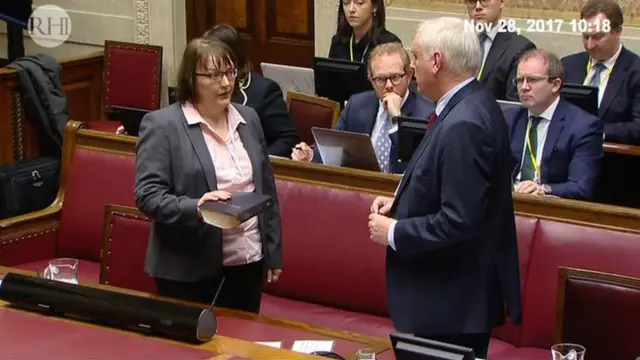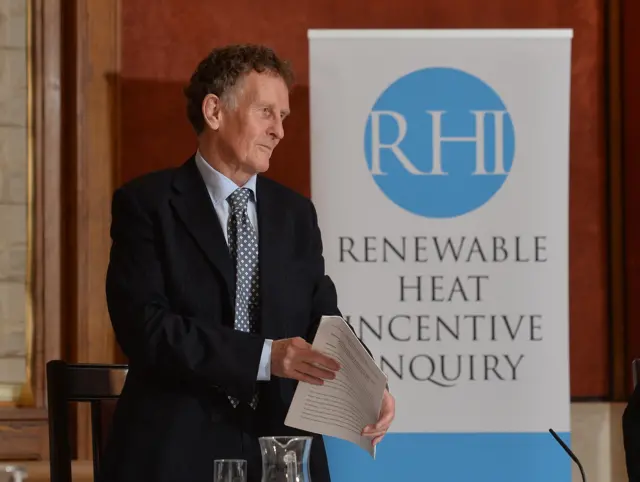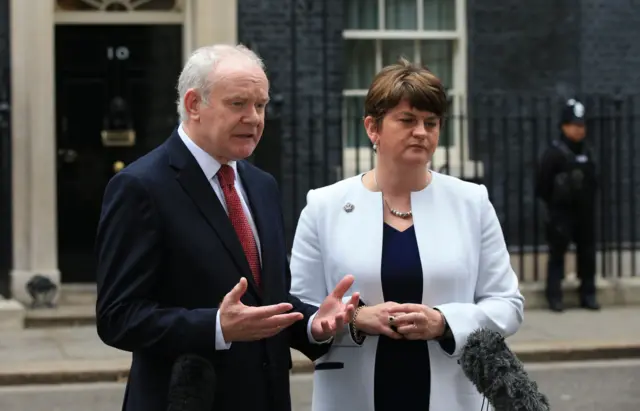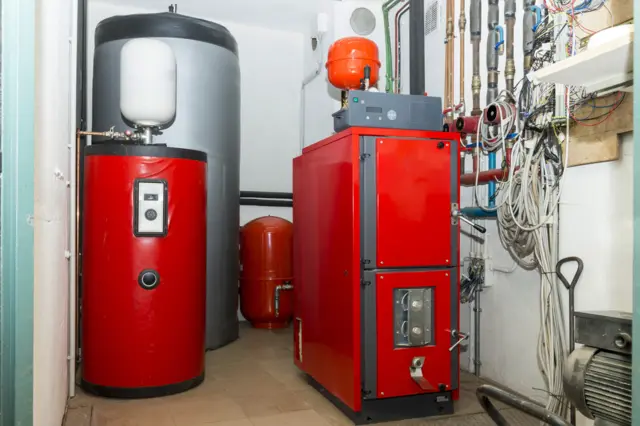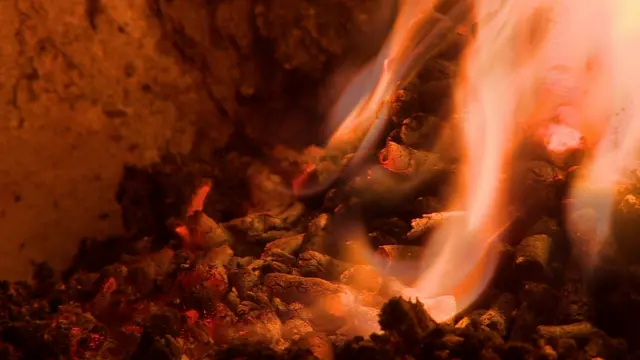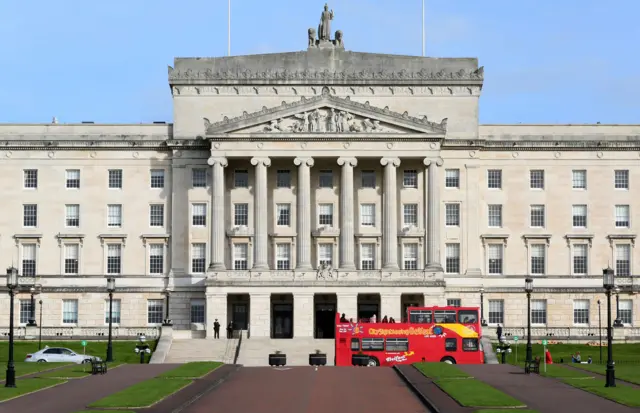'Correcting inaccuracies in the report'published at 11:00 GMT 28 November 2017
Mr Scoffield takes the witness through a number of emails from Aecom, the consultancy that drew up a report on a possible RHI scheme, to DETI in 2010 regarding their final paper.
In one of these, Andrew Turton of Aecom suggests that a meeting should be used to ensure that their recommendations should "fully reflect DETI's views".
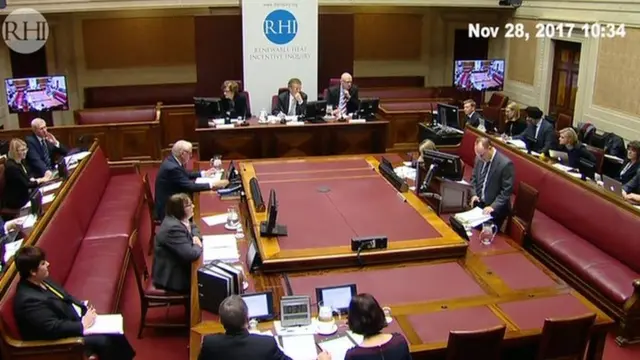 Image source, RHI Inquiry
Image source, RHI InquiryHe puts it to Ms Clydesdale that to "a member of the public reading these emails it might be surprising the level of direction which it appears that the consultants are being given by the department".
Ms Clydesdale says much of this interaction is to do with "correcting the report, correcting inaccuracies in the report - cross-referencing the report in terms of tables and recommendations not matching".

